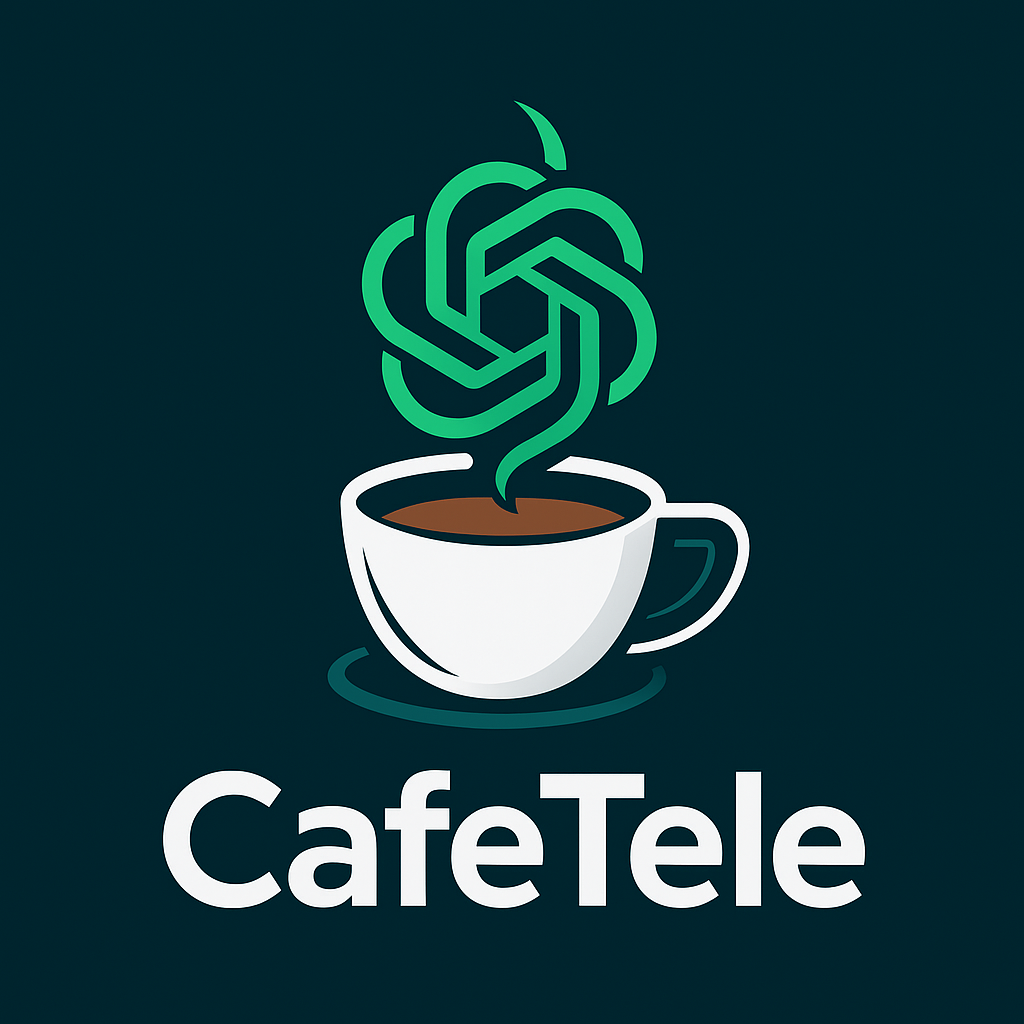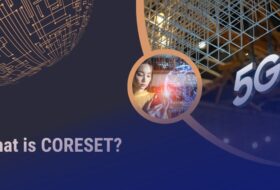Introduction
In the rapidly evolving world of wireless communication, 5G New Radio (NR) stands out as a revolutionary technology. It promises blazing speeds, ultra-low latency, and the capacity to connect billions of devices seamlessly. But what makes 5G NR so transformative? The answer lies in its architecture—a meticulously designed framework that ensures scalability, flexibility, and unparalleled efficiency.
This article will take you on a detailed journey into the core elements of 5G NR architecture, exploring how they work together to redefine connectivity. From the gNodeB to massive MIMO and beamforming, we will unravel the technical marvels of 5G NR in an engaging and approachable manner.
1. The Foundation of 5G NR: Key Architectural Components
In the rapidly evolving world of wireless communication, 5G New Radio (NR) stands out as a revolutionary technology. It promises blazing speeds, ultra-low latency, and the capacity to connect billions of devices seamlessly. But what makes 5G NR so transformative? The answer lies in its architecture—a meticulously designed framework that ensures scalability, flexibility, and unparalleled efficiency.
This article will take you on a detailed journey into the core elements of 5G NR architecture, exploring how they work together to redefine connectivity. From the gNodeB to massive MIMO and beamforming, we will unravel the technical marvels of 5G NR in an engaging and approachable manner.
- The Foundation of 5G NR: Key Architectural Components
- Central Unit (CU): Located centrally, this unit handles high-layer protocols such as Radio Resource Control (RRC) and Packet Data Convergence Protocol (PDCP). By centralizing processing, the CU enables seamless scalability and resource management across multiple distributed units.
- Distributed Unit (DU): Situated closer to the users, the DU manages real-time operations such as Medium Access Control (MAC) and Radio Link Control (RLC). Its proximity to devices reduces latency, making it ideal for applications requiring ultra-low response times, like autonomous vehicles or remote surgeries.
- Dual Connectivity: In non-standalone (NSA) mode, UEs can connect to both LTE and 5G NR simultaneously, ensuring uninterrupted service during transitions.
- 256-QAM Modulation: This high-level modulation enables faster data transfer rates by packing more information into the same bandwidth.
- Power-Saving Mechanisms: Features like Discontinuous Reception (DRX) and Wake-Up Signals optimize battery life, especially crucial for IoT devices.
- AMF:
2. The Backbone of Flexibility: Frequency Bands and Numerologies
2.1 Diverse Frequency Bands
5G NR operates across two frequency ranges, providing a perfect balance between coverage and capacity:
- Sub-6 GHz (FR1): These frequencies offer extensive coverage and better penetration, making them ideal for rural and indoor applications.
- mmWave (FR2): Operating at 24 GHz and above, mmWave delivers ultra-high speeds but is limited in range and requires line-of-sight.
Dynamic Spectrum Sharing (DSS) further enhances flexibility by allowing 4G and 5G to coexist within the same frequency band.
2.2 Numerology: The Key to Adaptability
Numerology in 5G NR refers to the range of subcarrier spacings that define how signals are transmitted. Unlike LTE, which uses a fixed 15 kHz spacing, 5G supports a variety of spacings:
- 15 kHz: Compatible with existing LTE networks.
- 30 kHz to 120 kHz: Optimized for diverse use cases, from IoT to ultra-high-speed data transfer.
This flexibility enables 5G NR to cater to applications ranging from low-power sensors to high-bandwidth streaming.
3. Pioneering Technologies: Massive MIMO and Beamforming
3.1 Massive MIMO: Scaling Antenna Power
Massive MIMO (Multiple Input Multiple Output) employs dozens, or even hundreds, of antennas to enhance both capacity and reliability.
- Spatial Multiplexing: Simultaneously serves multiple users on the same frequency, drastically improving spectral efficiency.
- Diversity Gain: Ensures robust connections even in challenging environments like urban canyons.
3.2 Beamforming: Precision Communication
Beamforming focuses radio signals in specific directions, creating “beams” that track users. This innovation not only boosts signal strength but also reduces interference, ensuring a more efficient use of resources.
4. Protocol Layers: The Brains Behind the Scenes
- Physical Layer (PHY): Implements OFDMA for downlink and SC-FDMA for uplink, maximizing data transmission efficiency.
- MAC Layer: Manages scheduling and resource allocation to ensure fair distribution of network resources.
- RLC Layer: Segments data into manageable pieces, ensuring smooth transmission even under fluctuating network conditions.
- PDCP Layer: Encrypts data and compresses headers, enhancing security and speed.
5. Innovations That Redefine Connectivity
5.2 Edge Computing bBy processing data closer to the user, edge computing reduces latency and improves the performance of real-time applications like augmented reality and gaming.
6. Challenges and Future Prospects
- Spectrum Scarcity: Securing adequate spectrum for mmWave bands remains a hurdle.
- Infrastructure Costs: The deployment of 5G infrastructure, particularly in rural areas, is capital-intensive.
- Security Concerns: The open nature of SBA introduces vulnerabilities that require robust safeguards.
Conclusion
5G NR is more than just an upgrade—it’s a revolution. By combining cutting-edge technologies like massive MIMO, beamforming, and network slicing, it lays the foundation for a hyper-connected future. Whether it’s enabling autonomous vehicles, transforming healthcare, or connecting billions of IoT devices, 5G NR is poised to change the world.
Dive deeper into this fascinating technology, and prepare to be part of a future where connectivity knows no bounds!
Knowledge of eMBB, URLCC, MMTC.
5G RAN ARCHITECTURE, NR NSA mobility, Massive Mimo, Beamforming, 5G Frame structure, Ultra lean design, 5G QOS compare with LTE, Ericsson & Huawei RAN system for 5G. 5G planning Knowledge.
RF Planning & Optimization in LTE & VOLTE Network
Planning new LTE Macro & IBS sites.
• Cluster-based RF optimization
• Preparation of CDD for LTE network. PCI & RSN planning.
• Analysis of LTE Radio KPIs, investigation, and improvement of network quality problems.
• Implementation of new features and tuning LTE radio network parameters.
• LTE Cell planning, coverage predictions, traffic dimensioning, interference analysis, optimization of the Radio Access Networks in accordance with TRA.
• Forecasts and studies to determine future Radio Base Station and network capacity needs.
• Optimisation of newly integrated LTE sites and expansions, and focus areas.
• Technical investigations of the LTE Radio Access Network; accessibility, capacity and retain ability studies.
• Getting LTE Sites accepted from the customer RF planning team.
You Might Also Like







